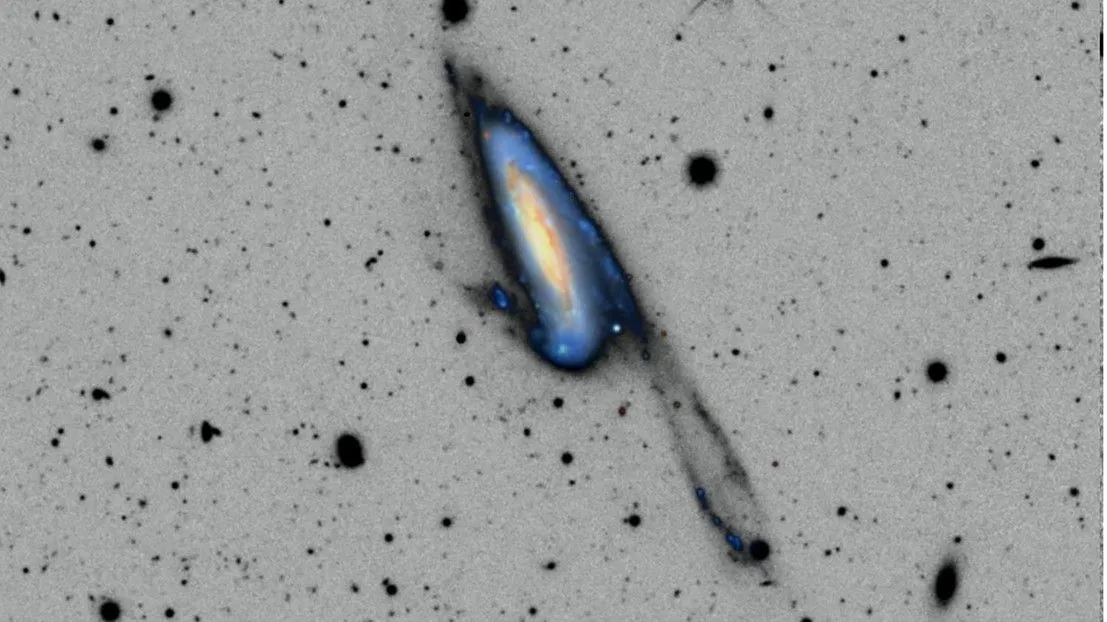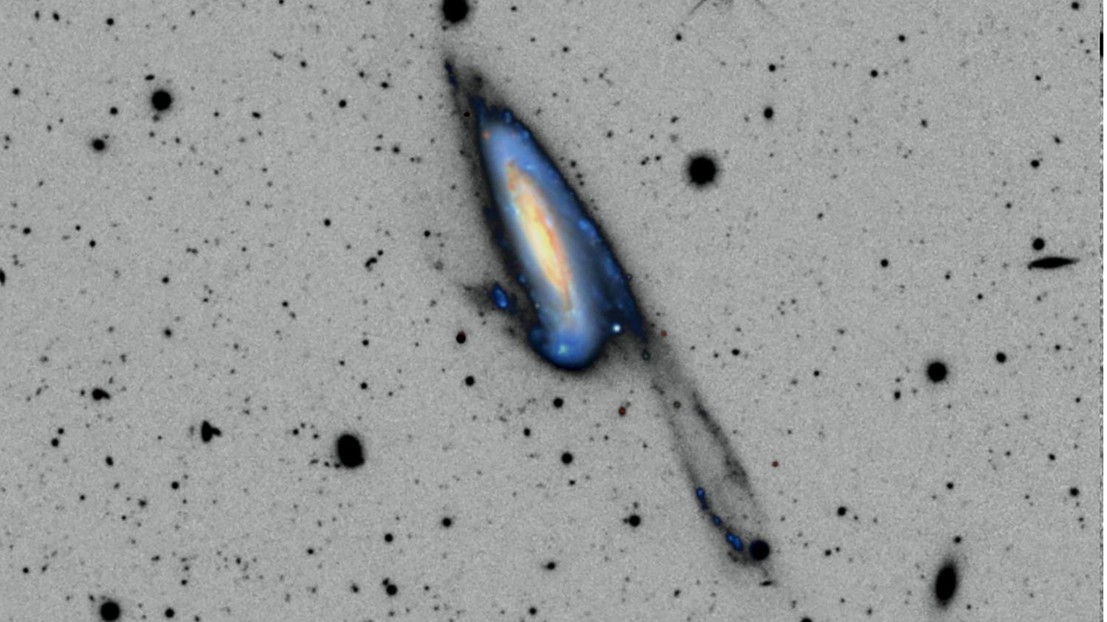Dark matter-hunting satellite ARRAKIHS to launch in 2030. Here's how it will work
Dark matter-hunting satellite ARRAKIHS to launch in 2030. Here's how it will work

www.space.com
Dark matter-hunting satellite ARRAKIHS to launch in 2030. Here's how it will work

